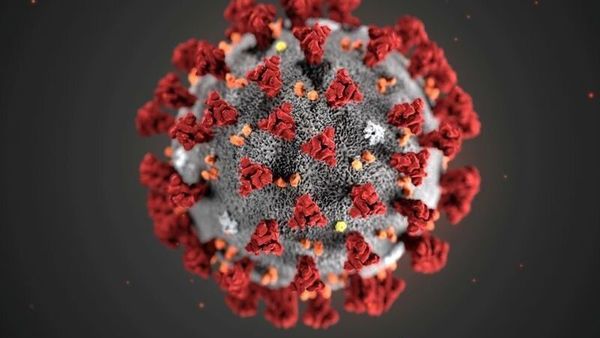Batch Of New Coronaviruses In Bats Found: Report
Jun 12, 2021 | Pratirodh Bureau
There was no unanimity among the intelligence community on the origins of the coronavirus
Amid renewed calls to probe the origins of COVID-19, Chinese researchers have said they have found a batch of new coronaviruses in bats.
The newly-found viruses include one that may be the second-closest yet (genetically) to the COVID-19 virus, CNN reported.
The researchers say that their discoveries in southwestern China show just how many coronaviruses are there in bats and how many have the potential to spread to people.
In a report published in the journal Cell, the Chinese researchers from Shandong University said, “In total, we assembled 24 novel coronavirus genomes from different bat species, including four SARS-CoV-2 like coronaviruses.”
The samples were collected from small, forest-dwelling bats between May 2019 and November 2020. The researchers say that they tested urine and feces as well as taking swabs from the bats’ mouths.
According to the Chinese researchers, one of the viruses was very similar, genetically, to the SARS-CoV-2 virus that’s causing the ongoing pandemic. “It would be the closest strain to SARS-CoV-2 except for genetic differences on the spike protein, the knob-like structure that the virus uses when attaching to cells,” they said.
“Together with the SARS-CoV-2 related virus collected from Thailand in June 2020, these results clearly demonstrate that viruses closely related to SARS-CoV-2 continue to circulate in bat populations, and in some regions might occur at a relatively high frequency,” they wrote.
This discovery of new coronaviruses in bats comes amid growing calls for a timely, transparent and evidence-based independent process for the next phase of the WHO-convened COVID-19 origins study.
Recently, the calls to investigate further the origins of COVID-19 have intensified.
The origin of the coronavirus that causes COVID-19 has remained a mystery even after over 1.5 years of the first case of the infection being reported in Wuhan, China.
Now, scientists and countries are calling for further investigations to figure out whether the virus originated naturally or leaked from the Wuhan Institute of Virology.
